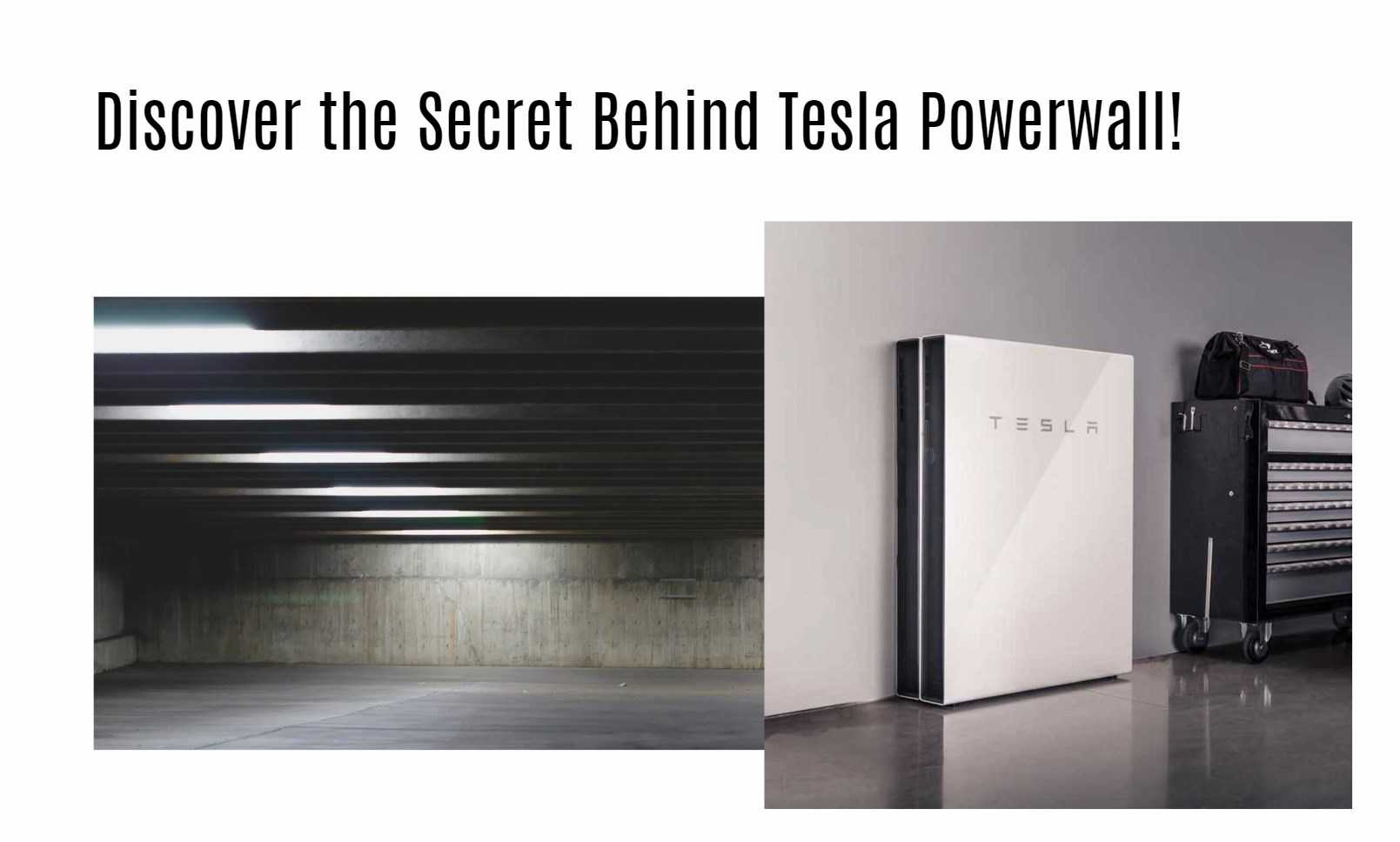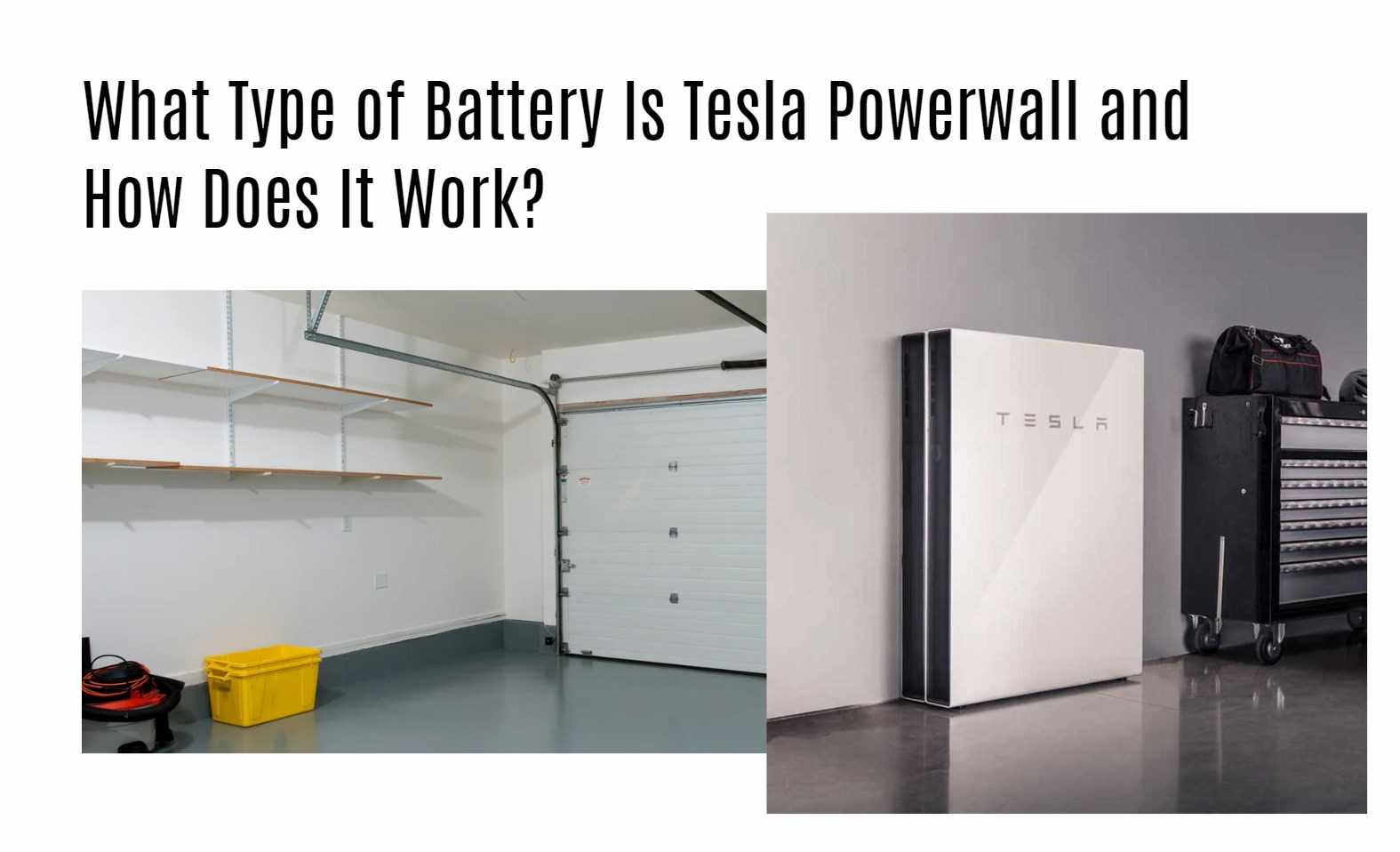Are you tired of relying solely on the grid for your home’s power needs? Do you want to be more energy independent and reduce your environmental footprint? Look no further than the Tesla Powerwall! This innovative battery system can store excess solar energy or off-peak grid electricity for use during peak hours or power outages. Let’s dive into the magic and mechanics behind the Tesla Powerwall.
The Magic of Tesla Powerwall Battery
The Tesla Powerwall is a rechargeable lithium-ion battery designed for home energy storage. It comes in two versions: Powerwall for residential use and Powerpack for commercial and utility-scale use. The Powerwall has a sleek, compact design that can be mounted on a wall, indoors or outdoors. It has a storage capacity of 13.5 kWh and can be stacked up to 10 units for larger homes or greater backup power.
How Does Tesla Powerwall Battery Work?
The Tesla Powerwall works by capturing excess solar energy during the day and storing it for use at night or during power outages. It also has a feature called Time-Based Control, which allows homeowners to use grid electricity during off-peak hours when rates are lower and store it for use during peak hours when rates are higher. The Powerwall is connected to the grid and can automatically switch to battery power during an outage, providing seamless backup power for critical home systems.
Discover the Secret Behind Tesla Powerwall!
The secret behind the Tesla Powerwall lies in its intelligent software and integrated inverter. The software optimizes energy management and consumption, ensuring that you get the most out of your battery storage. The inverter converts DC energy from the battery into AC energy that can be used to power your home. It also allows the Powerwall to interact with the grid, providing a reliable backup power source during blackouts or emergencies.
Say goodbye to blackouts and hello to energy independence with the Tesla Powerwall! This powerful battery system is revolutionizing the way we power our homes and businesses, making renewable energy more accessible and affordable than ever before. With its sleek design, intelligent software, and seamless backup power, the Tesla Powerwall is a game-changer for the energy industry. What are you waiting for? Power up your home with Tesla Powerwall today!

FAQs
What is the difference between Powerwall and Sonnen?
- Sonnen Battery: The Sonnen battery is known for its German engineering and American innovation. It offers unique features such as stackability and expandability, allowing users to increase power and capacity by installing multiple units. It has a 4800-watt power rating and a 10-year warranty with 10,000 cycles.
- Tesla Powerwall: The Tesla Powerwall 2 is a well-known energy storage solution with a 13.5 kWh energy storage capacity. It has a continuous 5 kW power rating and a 10-year warranty. The Powerwall is designed for seamless integration with Tesla solar systems and offers reliable energy storage for homes and businesses.
- Choosing the Right Battery: The choice between the Sonnen battery and the Tesla Powerwall depends on individual preferences and specific energy storage needs. Users seeking stackability and expandability may prefer the Sonnen battery, while those requiring a larger energy storage capacity may opt for the Tesla Powerwall.
- Consultation with Experts: To make an informed decision, it is advisable to consult with energy storage experts or certified installers who can assess individual energy requirements and recommend the most suitable battery solution.
How long will a Sonnen battery last?
A Sonnen battery can last up to 20 years. It has a warranty of 10 years or 10,000 cycles, whichever comes first. The battery is made of lithium iron phosphate (LFP) cells, which are known for their durability and safety. Sonnen batteries are available in different sizes, ranging from 2.5kWh to 15kWh, and can be expanded as per your requirements. The battery has a high round trip efficiency of 86% and can be used for solar self-consumption, backup power during blackouts, or even as an independent energy storage system. Sonnen batteries are modular and can be stacked together to increase storage capacity. They also come with a range of features such as system intelligence, mobile control, and smart home integration. Overall, Sonnen batteries are known for their quality, longevity, and performance.
Will Tesla install Powerwall without solar?
- Using Powerwall without Solar: It is indeed possible to use a Tesla Powerwall without solar panels. The Powerwall can be charged from the grid during off-peak hours, allowing users to store cheaper electricity and use it during expensive peak hours or power outages.
- Benefits of Powerwall without Solar: This setup offers advantages such as energy arbitrage, where users can take advantage of varying electricity rates. It also provides reliable backup power during grid outages, ensuring energy security for homeowners.
- Drawbacks and Considerations: While using the Powerwall without solar panels may not have the same environmental impact and cost efficiency as a solar setup, it still offers benefits in terms of energy independence and controlling electricity costs. Users should consider factors such as reduced environmental impact and potential differences in financial returns when deciding on their energy storage solution.
- Installation and Operation: Installing and operating a Powerwall without solar panels is similar to installations with solar. It requires a connection to the electrical grid and a dedicated space that meets Tesla’s installation requirements. The operation of the Powerwall can be managed through the Tesla app, allowing users to monitor energy usage and control the system.
- Availability and Ordering: Tesla had previously restricted orders for the Powerwall without solar panels, but the company has recently introduced a Powerwall Direct program, allowing customers to order the Powerwall without being required to purchase a solar panel system. Prices for the Powerwall start at $9,200 before taxes and incentives, with discounts available for multiple units.
- Future Possibilities: Standalone Powerwall systems are becoming increasingly popular as people seek energy independence and sustainable solutions. The future of standalone Powerwall systems may bring advancements in battery technology, integration with smart home technologies, and increased support for electric vehicle charging infrastructure.




